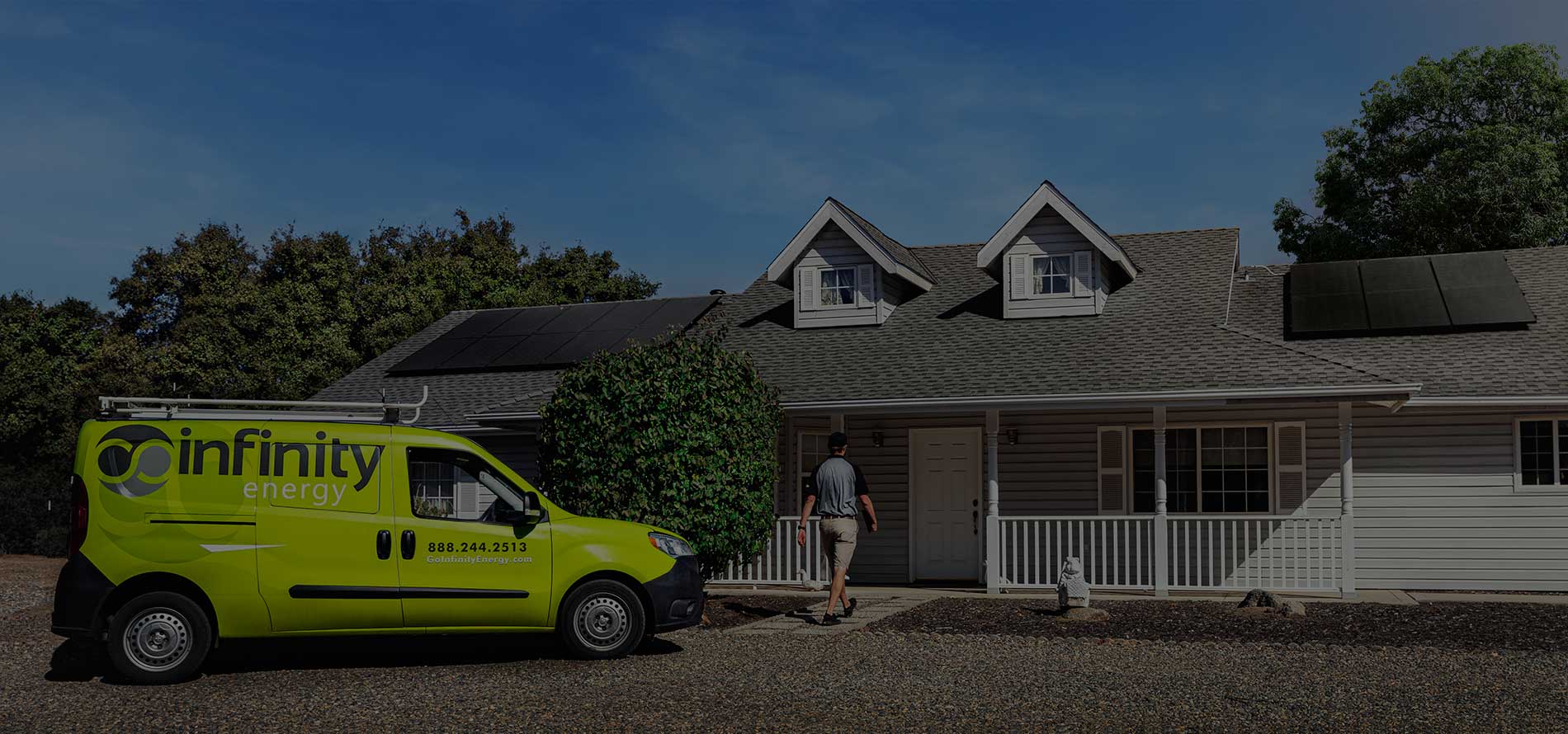Can Solar Panels Handle Snow?
Introduction
Solar panels are often seen as fragile pieces of glass on top of your roof, but they are much more resilient than people give them credit for. Solar panels are installed to stand the test of time and are designed to withstand many different environments. Whether you live in an area that rarely sees anything but the sun, or you live in an area where you only see the sun 2-3 months out of the year, solar can still produce energy for you. Here are how your solar PV panels stand up to cold weather scenarios.
Clouds
Clouds can have a negative effect on your production by blocking the sun but your solar panels can still generate electricity. Anyone that has gotten a sunburn on an overcast day knows that just because you cannot see the sun does not mean it is not there. When the sky is a partly cloudy day, you may notice your solar panels efficiency drop anywhere from 10%-25% in production, depending on the cloud coverage. During heavy cloud coverage, your efficiency can drop anywhere between 10%-30% production; however, there are some natural effects from clouds that can help increase your efficiency. As you can see below, the “edge of cloud” effect happens when the clouds reflect sunbeams (like a magnifying glass) which creates a stronger solar beam for your solar panel to use when generating electricity.
Ice/Snow
Ice does not have much effect on solar panels since your solar panels do not need to move at all to generate electricity. Ice is clear enough for solar beams to get to your PV panels with minimal efficiency loss. Snow can have the greatest effect on your solar panels, although most effects from snow do not last long. With heavy snow fall, your solar panels can be covered quickly which can drop your panels efficiency drastically, depending on how much snow is covering your panels. Since snow is made up of tiny (clear) ice crystals your panels can still generate some electricity, but at a reduced efficiency. However, solar panels with battery backups were proven to be one of the few energy sources that did not fail during the recent Texas winter storm.
Similar to clouds having some natural events that can boost solar power production, snow can also help boost your efficiency as well. The “albedo effect” happens when solar beams reflect off the white snow and onto your panels, giving you even more solar production.
Installation Considerations
If you live in an area that gets a lot of snow you may consider using a greater angle for your panels. Most solar panels are tilted at a 30–55-degree angle (for optimal efficiency) depending on the season. Which means most of your snow will slide off as soon as your panels start producing heat from generating electricity. Once the surface of your panels starts melting the snow it will help make the snow slide right off. If your solar panels are covered by ice or snow, the best thing you can do is wait! For safety reasons, it is always best to avoid climbing on to your roof, especially in icy/snowy conditions.

What is the Perfect Day?
Most people would assume that the perfect day for solar power is a warm summer day with clear blue skies and while the clear blue skies certainly help, you may be surprised to learn that the perfect day for solar is a colder one. Since solar panels produce some heat while generating electricity, cold temperatures can help keep the panels temperature low which helps your solar panels generate electricity more efficiently. According to EnergySage, the standard testing condition (STC) for solar panels is 25 °C (77 °F) and temperatures between 15 °C and 35 °C should have your solar photovoltaic cells producing at maximum efficiency. Solar panels can get very hot and at 65 °C (149 °F) your solar cell efficiency will begin to decline. Not to worry though, solar panels are stress tested all the way from 85 °C (185 °F) down to –40 °C (-40 °F), to make sure that your solar panels can handle even the most extreme temperature.
While the effect on your panels is not drastic, you can see that solar PV panels can operate more efficiently in colder temperatures. Sunny days will always generate the most electricity for you but remember on colder days your solar panels may be working more efficiently.
Conclusion
While wintry weather can both boost and reduce your panels efficiency, solar panels paired with battery backups have proven to withstand some of the coldest of storms. Solar panels are designed to produce in almost any environment and when paired with battery backups you can keep your power on, even during extended outages that last for days. If you have more questions about the most efficient ways to upgrade to solar in your area then contact us today, or visit our home page, for more information.






